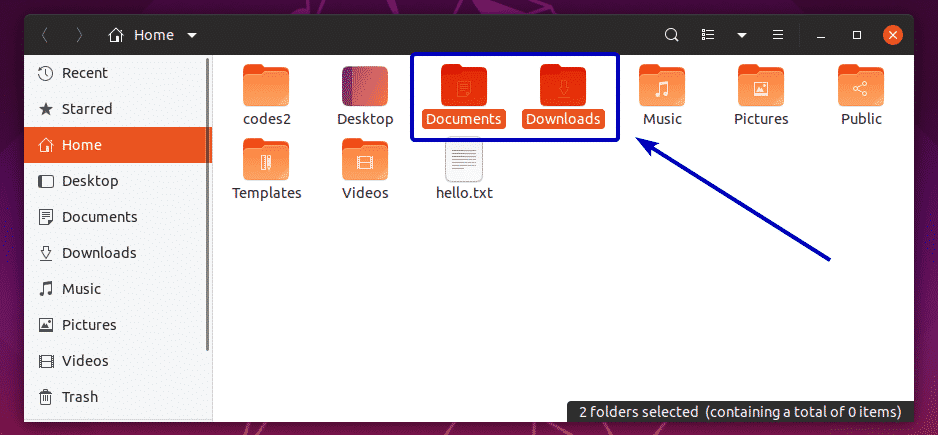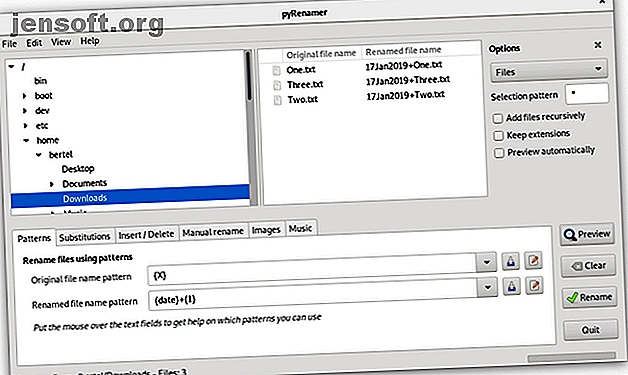

rw-rw-r- 1 ravisaive ravisaive 938937 Oct 10 12:11 photos.html rw-rw-r- 1 ravisaive ravisaive 938895 Oct 10 12:10 news.html rw-rw-r- 1 ravisaive ravisaive 6538895 Oct 10 12:10 lifestyle.html rw-rw-r- 1 ravisaive ravisaive 6188895 Oct 10 12:10 health.html rw-rw-r- 1 ravisaive ravisaive 588895 Oct 10 12:10 entertainment.html

rw-rw-r- 1 ravisaive ravisaive 6888896 Oct 10 12:10 cricket.html For example, first do a “ ls -l” to check the list of files with “.

html” extension and you want to rename all “. -n: Show what files would have been renamed.įor better understanding of this utility, we’ve discussed few practical examples of this command in the article.-v: Print names of files successfully renamed.The rename command comes with few optional arguments along with mandatory perl expression that guides rename command to do actual work. usr/bin/rename The Basic Syntax of Rename Command rename 's/old-name/new-name/' files You can run “ which” command to find out the location of rename command. The “ rename” command is a part of Perl script and it resides under “ /usr/bin/” on many Linux distributions. The rename command is used to rename multiple or group of files, rename files to lowercase, rename files to uppercase and overwrite files using perl expressions. Linux comes with a very powerful built-in tool called rename. However, renaming multiple or group of files quickly makes it very difficult task in a terminal. We often use “ mv” command to rename a single file in Linux.


 0 kommentar(er)
0 kommentar(er)
